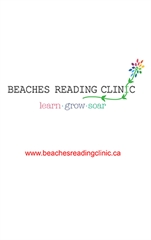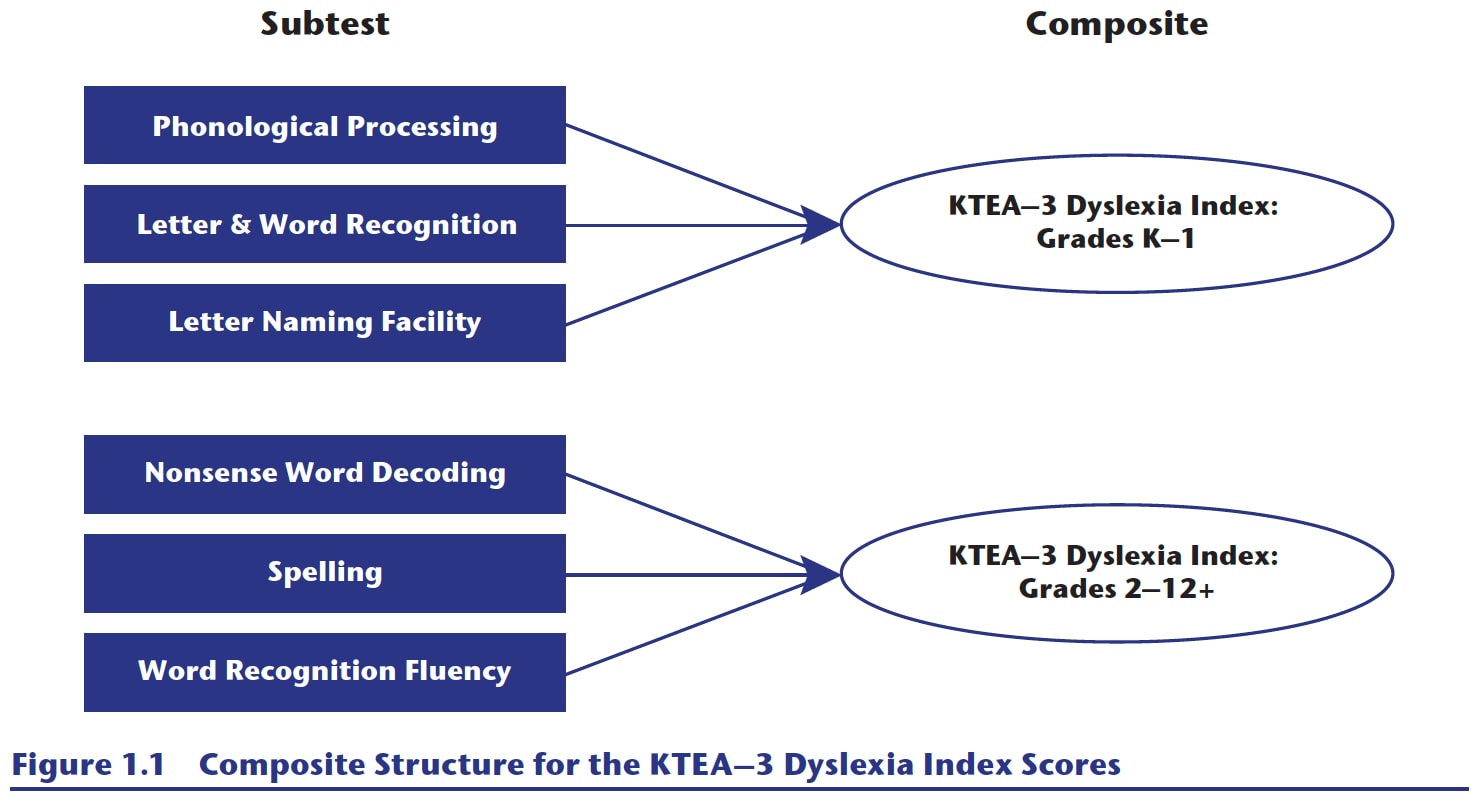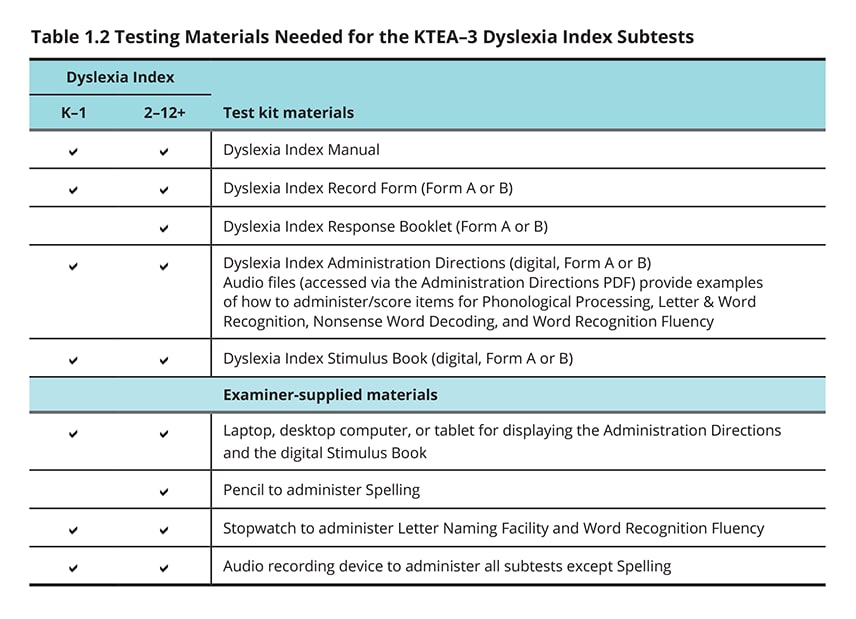

Date de début : dimanche, 5 août 2018.
Horaire :
Le dimanche de 17:00 à 18:00.
Du 2018-08-05 jusqu'au 2023-12-31
Online Virtual
Monica Hough
Responsable : Monica Hough
Lieu : Online Virtual | 2034 Queen Street East, 2nd Floor, Toronto, ON, M4L 1J4
Description :
The KTEA–3 Dyslexia Index scores help to quickly identify dyslexia risk for students in grades K-12+ and provide interpretive information with guidance on potential next steps. Need a brief, individually-administered, performance-based dyslexia screening tool? Now you can have everything you need in one kit: manual, stimulus materials, record forms, and response booklets. Sometimes you don't need or want a comprehensive tool. Or, you want an additional measure in your evaluation plan to complement your other assessment choices. Multiple measures is best practice, and the KTEA-3 Dyslexia Index is a robust, yet time-saving option when dyslexia is a question. The KTEA-3 Dyslexia Index scores may be used: In addition, the KTEA-3 Dyslexia Index may be used for in-person or remote administration (i.e., telepractice) contexts. Please review the telepractice guidance carefully. The KTEA–3 Dyslexia Index scores were designed to provide theoretically sound, reliable, and clinically sensitive composite scores for identifying risk for dyslexia among students in grades kindergarten through 12, or individuals ages 5 through 25. In 20 minutes or less, practitioners can obtain a Dyslexia Index score to screen for dyslexia and identify individuals who may benefit from a comprehensive evaluation or a more intensive intervention approach. A single score such as the Dyslexia Index is not sufficient to diagnose dyslexia. Rather, a diagnosis of dyslexia is based on a convergence of evidence gathered from multiple sources. However, the Dyslexia Index results may contribute to a more in-depth evaluation using the KTEA–3 Comprehensive Form. Two Dyslexia Index scores are provided for the KTEA–3: Each of these Dyslexia Index scores are obtained by administering three subtests from either Form A or Form B of the KTEA–3 Comprehensive Form (Kaufman & Kaufman, 2014a). Results include norm-based scores, an interpretive statement, and a graphical profile. A checklist of History and Background Information allows you to capture additional relevant data for interpretation, reporting, and intervention planning. The KTEA–3 Dyslexia Index has six subtests: This composite is available for students in grades 2–12 as well as adults up to age 25. The composite structure for both Dyslexia Index scores is shown below: To be considered a valid dyslexia screener, a test must provide evidence that the results differentiate between individuals with and without dyslexia. See the table below for the needed components for the KTEA-3 Dyslexia Index: To be considered a valid dyslexia screener, a test must provide evidence that the results differentiate between individuals with and without dyslexia. Benefits
Uses & Applications
Administration & Scoring
Subtests


What do I need?

Psychometrics

Disponibles :
Prix : 100,00 $ Taxes exonérées
Notes : Kaufman Test of Educational Achievement | Third Edition: Dyslexia Index KTEA-3 Dyslexia Index Kristina C. Breaux, PhD KTEA-3 Dyslexia Index are brief, individually-administered, performance-based screening tools that provide risk assessment, strength of risk, and interpretive information for team and parent/caregiver communication regarding individuals who may be at risk for dyslexia.
Prérequis :
Partagez cette activité :
